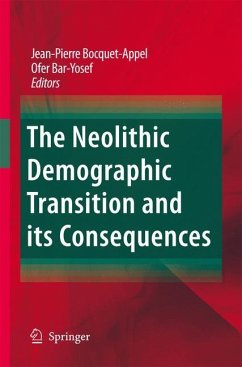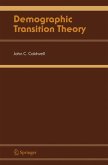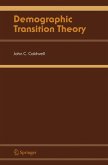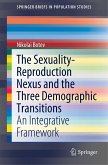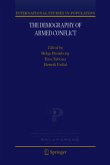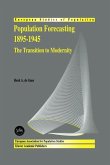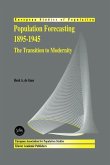The transition from hunting and gathering to farming - the Neolithic Revolution - was one of the most signi cant cultural processes in human history that forever changed the face of humanity. Natu an communities (15,100-12,000Cal BP) (all dates in this chapter are calibrated before present) planted the seeds of change, and the Pre-Pottery Neolithic (PPN) (ca. 12,000-ca. 8,350Cal BP) people, were the rst to establish farming communities. The revolution was not fully realized until quite late in the PPN and later in the Pottery Neolithic (PN) period. We would like to ask some questions and comment on a few aspects emphas- ing the linkage between biological and cultural developments during the Neolithic Revolution. The biological issues addressed in this chapter are as follows: × Is there a demographic change from the Natu an to the Neolithic? × Is there a change in the overall health of the Neolithic populations compared to the Natu an? × Is there a change in the diet and how is itexpressed? × Is there a change in the physical burden/stress people had to bear with? × Is there a change in intra- and inter-community rates of violent encounters? From the cultural perspective the leading questions will be: × What was the change in the economy and when was it fully realized? × Is there a change in settlement patterns and site nature and organization from Natu an to Neolithic? × Is there a change in human activities and division of labor?
From the reviews:
"Bocquet-Appel and Bar-Yosef have organized and produced a superb thematic volume that provides a wide variety of applications and perspectives on the NDT" James T. Watson, University of Arizona
"The main strength of this volume is its clear focus on the NDT and related processes. ... well suitable ... to a readership of advanced undergraduates, postgraduate students in the social sciences and to academics from a wide range of disciplines who are interested in the social, economic and demographic facets of the 'Neolithic Revolution'. ... a highly recommended volume which highlights how interdisciplinary approaches can provide new insight into the study of the Neolithic transition and the great potential of thematic scientific discourse." (Ron Pinhasi, Human Ecology, Vol. 37 (5), October, 2009)
"The collected papers address the demographic process associated with the transition from a hunter-gatherer economy to an agricultural economy in the Neolithic. ... the papers are stimulating, informative and address a myriad of topics associated with population growth, providing food for thought for historians, archaeologists and anthropologists as well as demographers. ... provide an extremely stimulating discussion of the implications of the NDT and its consequences, with all due caution and a number of flags raised about a precocious global application." (Helena Fracchia, Canadian Studies in Population, Vol. 37 (3-4), Fall/Winter, 2010)
"Bocquet-Appel and Bar-Yosef have organized and produced a superb thematic volume that provides a wide variety of applications and perspectives on the NDT" James T. Watson, University of Arizona
"The main strength of this volume is its clear focus on the NDT and related processes. ... well suitable ... to a readership of advanced undergraduates, postgraduate students in the social sciences and to academics from a wide range of disciplines who are interested in the social, economic and demographic facets of the 'Neolithic Revolution'. ... a highly recommended volume which highlights how interdisciplinary approaches can provide new insight into the study of the Neolithic transition and the great potential of thematic scientific discourse." (Ron Pinhasi, Human Ecology, Vol. 37 (5), October, 2009)
"The collected papers address the demographic process associated with the transition from a hunter-gatherer economy to an agricultural economy in the Neolithic. ... the papers are stimulating, informative and address a myriad of topics associated with population growth, providing food for thought for historians, archaeologists and anthropologists as well as demographers. ... provide an extremely stimulating discussion of the implications of the NDT and its consequences, with all due caution and a number of flags raised about a precocious global application." (Helena Fracchia, Canadian Studies in Population, Vol. 37 (3-4), Fall/Winter, 2010)

